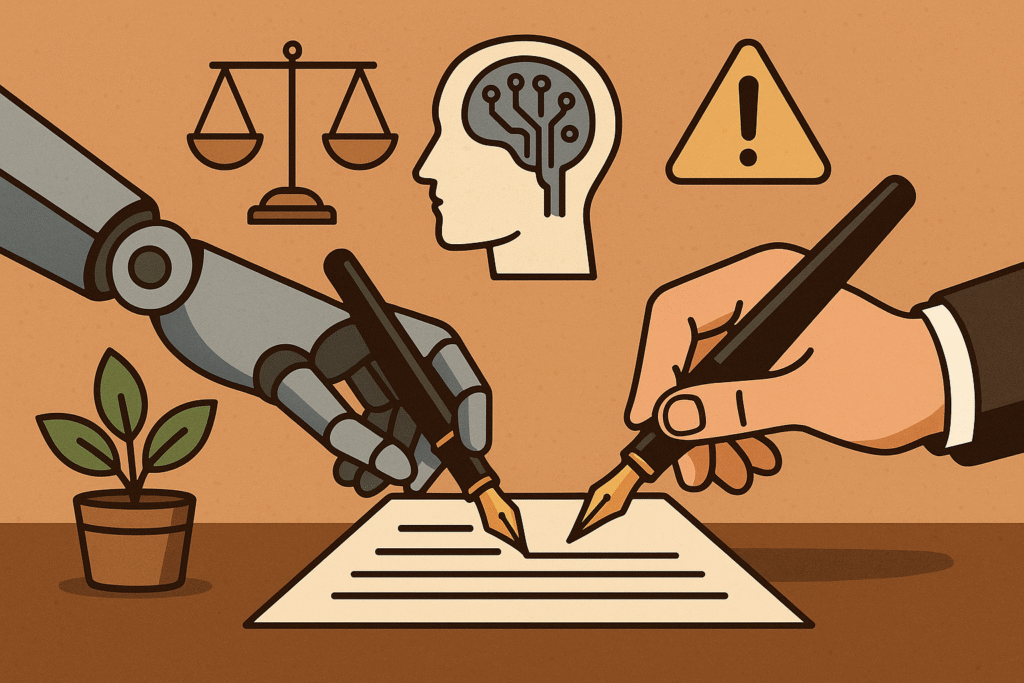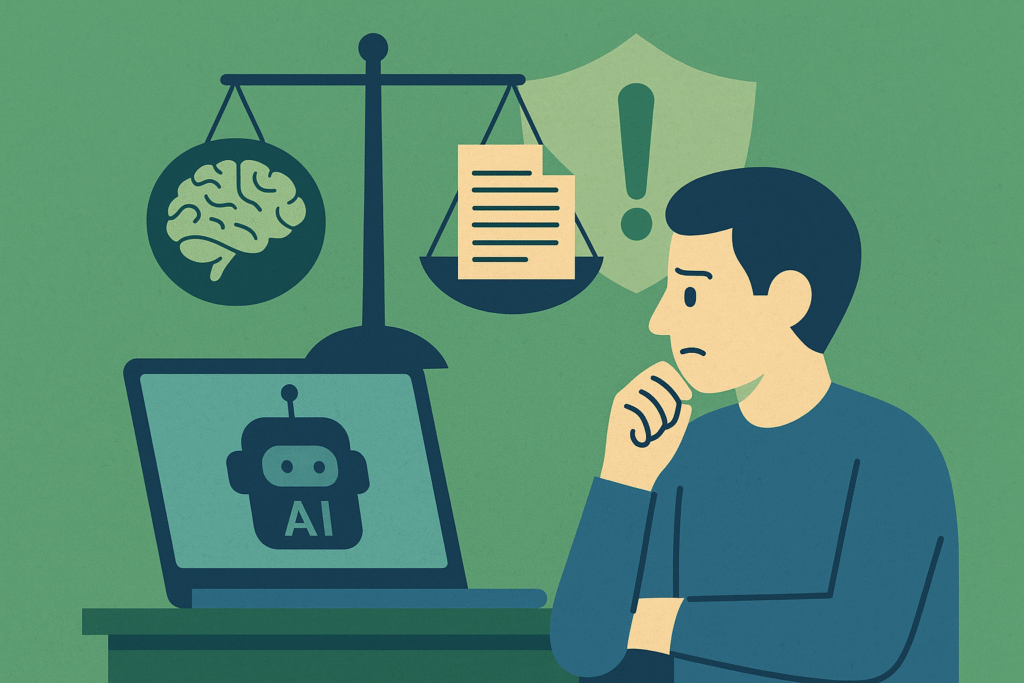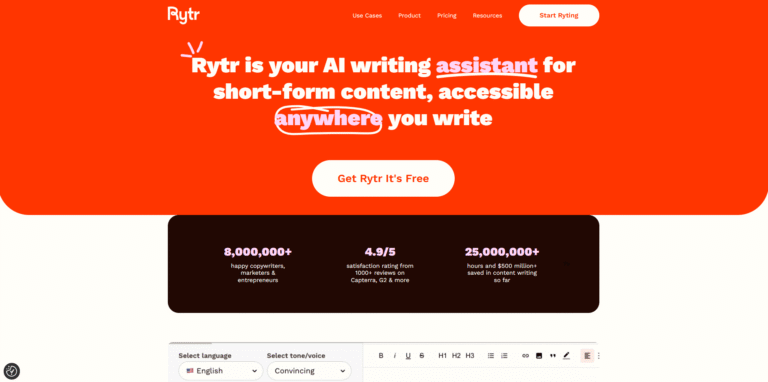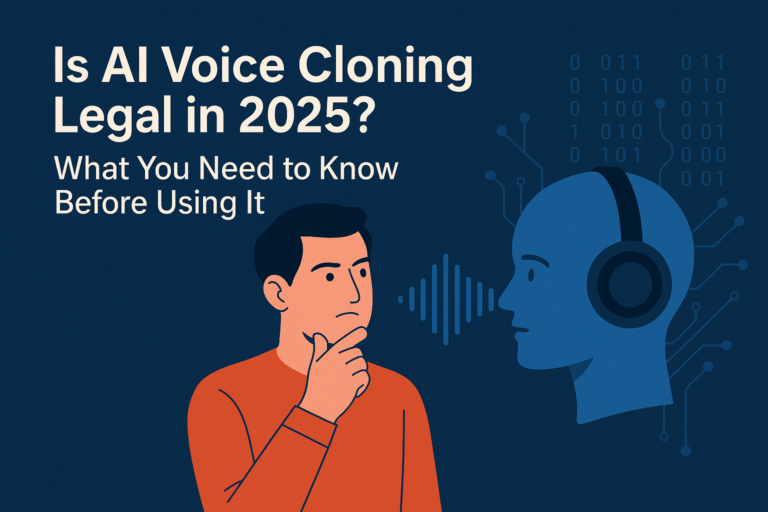We’re living through a remarkable shift in how we write, create, and communicate. AI-powered tools like ChatGPT, Jasper, and Writesonic have moved beyond experimental status to become essential companions for bloggers, marketers, students, and even novelists. With just a few clicks, these platforms can generate product descriptions, brainstorm headlines, draft essays, or even write entire books. This rapid evolution is not only accelerating content production—it’s also redefining what it means to be a “writer.” As these tools grow more powerful, ethical issues in AI writing are becoming impossible to ignore.
However, this technological leap raises a difficult and increasingly urgent question: where should we draw the line? As AI becomes more capable, the boundaries between human creativity and machine assistance are blurring. It’s no longer just about convenience—it’s about responsibility.
Ethical issues in AI writing are becoming central to discussions among writers, educators, and technologists. Concerns around plagiarism, misinformation, authorship, and reader transparency aren’t just theoretical—they affect real people and real work every day. As we step into this new era of writing, it’s time to pause and ask: just because AI can write, does that mean it should?
List of our Top 5 AI Writing Tools
Understanding Ethical Issues in AI Writing: What Do These Tools Actually Do?
Prediction, Not Understanding
To understand the ethical concerns, we first need to understand what AI writing tools actually do. At their core, these systems—like ChatGPT, Jasper, and others—generate content using predictive algorithms trained on massive datasets. They don’t “think” or “understand” in the human sense; instead, they predict the next likely word based on patterns they’ve learned from existing text.
Real-World Use Cases
This ability has opened up a wide range of practical applications. Businesses use AI to craft marketing copy and product descriptions. Bloggers rely on it to overcome writer’s block or speed up content creation. Students turn to it for brainstorming or essay drafts. In short, AI writing has become a powerful assistant in many creative and professional workflows.
However, this convenience comes with complexity. Because AI draws from existing content, it can inadvertently mirror or even replicate parts of its training data. It may also introduce errors or “hallucinations,” raising serious ethical flags. As we embrace these tools, we must begin to ask not only what AI can do for us—but what we must do to use it responsibly.

Plagiarism and Originality: Who Owns the Words?
Ethical Issues in AI Writing: The Line Between Inspiration and Duplication
One of the most pressing ethical concerns in AI writing is the issue of originality. When an AI tool generates text, where does that content really come from? Since these models are trained on vast amounts of text—books, blogs, academic papers—there’s an ongoing concern that the output may too closely resemble the material they were fed. While AI doesn’t copy and paste in the traditional sense, it can unintentionally reproduce phrases or structures that blur the line between inspiration and duplication.
Intellectual Property in the Age of AI
This raises difficult questions about intellectual property. Who owns the content produced by AI? Is it the user who prompted the tool? The developers who trained it? Or should we credit the countless writers whose original work formed the training data?
The stakes are especially high in education. There have been numerous cases where students have used AI to generate essays that are submitted as original work. While the text may pass plagiarism checkers, the ethical problem remains—was the thinking, the crafting, truly their own?
As creators, we must consider how much of our work is genuinely ours when we rely on AI. At what point does assistance become authorship, and when does that authorship become appropriation?
Misinformation and Hallucination: Can We Trust AI’s Facts?
The Problem with “Confidently Wrong”
Another major ethical issue in AI writing is the risk of misinformation. Despite how confident AI-generated text may sound, these tools are notorious for what experts call “hallucinations”—that is, confidently stating false or misleading information. Because AI doesn’t understand the facts it presents, it can fabricate quotes, misattribute data, or invent sources entirely, all while sounding perfectly plausible.
Why It Matters More Than Ever
This is particularly dangerous in fields where accuracy is critical. In journalism, a factual error can mislead thousands. In education, incorrect information can distort learning. In blogging or SEO-driven content, even small inaccuracies can erode trust with readers and damage credibility.
To make matters more complex, the responsibility for fact-checking falls entirely on the user. AI can’t distinguish truth from fiction—it simply generates based on patterns. That means if you’re using it to assist with content creation, you must be vigilant. Every “fact” needs to be double-checked, every citation verified.
The ethical dilemma is clear: if we rely on AI to write, but fail to verify its claims, are we contributing to a more informed world—or a more misled one?

Ethical Issues in AI Writing: Who Deserves Authorship and Creative Credit?
Can AI Be an Author? Rethinking Authorship Through the Lens of Ethical Issues in AI Writing
As AI tools become more sophisticated, a fundamental question arises: who deserves credit for AI-generated content? If a machine creates a blog post, a news article, or even a novel, is it the tool, the prompt writer, or someone else entirely who should be recognized?
This debate is unfolding across multiple industries. In journalism, AI-generated reports have raised eyebrows over bylines. In academia, researchers are grappling with whether it’s ethical—or even accurate—to list AI as a co-author on papers. And in fiction, we’ve seen entire books penned by AI, marketed without fully disclosing how little human involvement there was.
The Ethics of Attribution
There’s also the moral angle: giving credit where it’s due. If AI significantly shapes the content, should readers know? On the flip side, over-crediting AI might downplay the creative choices made by the human guiding it.
Ultimately, the issue of authorship is about more than names—it’s about accountability, ownership, and trust. We’re entering a gray area where creativity and code coexist, and we need clearer boundaries for who’s really “writing.”
Transparency with Readers: Should They Know It’s AI?
The Case for Disclosure
One of the simplest yet most overlooked ethical concerns in AI writing is transparency. Should readers know when a piece of content was created or heavily assisted by artificial intelligence? In a time when trust in digital media is already fragile, this question matters more than ever.
Real Examples, Real Impacts
Some companies and content creators are upfront about AI involvement, adding disclaimers or transparency statements. Others, however, publish AI-generated content without any notice—leaving readers unaware that a machine, not a person, chose those words. This lack of disclosure can create a false sense of authenticity and credibility.
When readers engage with content, they assume a human perspective shaped it. Knowing that AI had a hand in it could change how they interpret the tone, trust the facts, or even value the piece. Transparency doesn’t just build trust—it respects the reader’s right to know.
As AI tools become more embedded in writing workflows, being honest about their role should become the norm, not the exception.
Drawing the Line: Ethical Issues in AI Writing and the Need for Clear Guidelines
Navigating the Gray Areas
We’ve seen that the ethical issues in AI writing are layered and complex—touching on plagiarism, misinformation, authorship, and transparency. There’s no one-size-fits-all answer, but the growing use of AI demands that we stop and set some boundaries.
It’s not about banning AI or ignoring its potential. These tools offer real benefits when used thoughtfully. But they shouldn’t replace human judgment, voice, or responsibility.
Toward Responsible Use: Addressing Ethical Issues in AI Writing Proactively
So, where do we draw the line? A balanced approach might mean using AI for ideation, editing, or drafting—but ensuring a human always reviews and finalizes the content. It could also involve clear disclosure policies, ethical standards for authorship, and better tools for fact-checking AI outputs.
The bottom line: AI should be a tool, not a ghostwriter. As writers, educators, marketers, and readers, we must develop a shared understanding of how to use these technologies ethically. Only then can we preserve both the integrity of our words and the creativity that makes them meaningful.

Conclusion: The Future of AI and Human Creativity
AI has undeniably changed the way we write, ideate, and create. It’s faster, smarter, and more accessible than ever—but with that power comes responsibility. As we’ve explored, the ethical issues in AI writing are far from simple. From questions of authorship to the risk of misinformation, these concerns require more than quick fixes—they demand thoughtful, human-centered solutions.
Writers don’t have to fear AI, but we do have to use it wisely. Embracing these tools means staying transparent, double-checking facts, and always putting integrity first. After all, technology should support creativity, not replace it.
So, as AI continues to evolve, one key question remains: Can we build a future where human authenticity and machine efficiency work together—not at the expense of one another, but in harmony?



